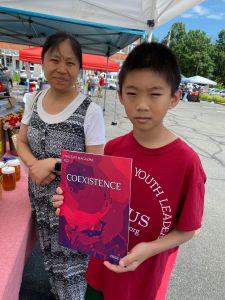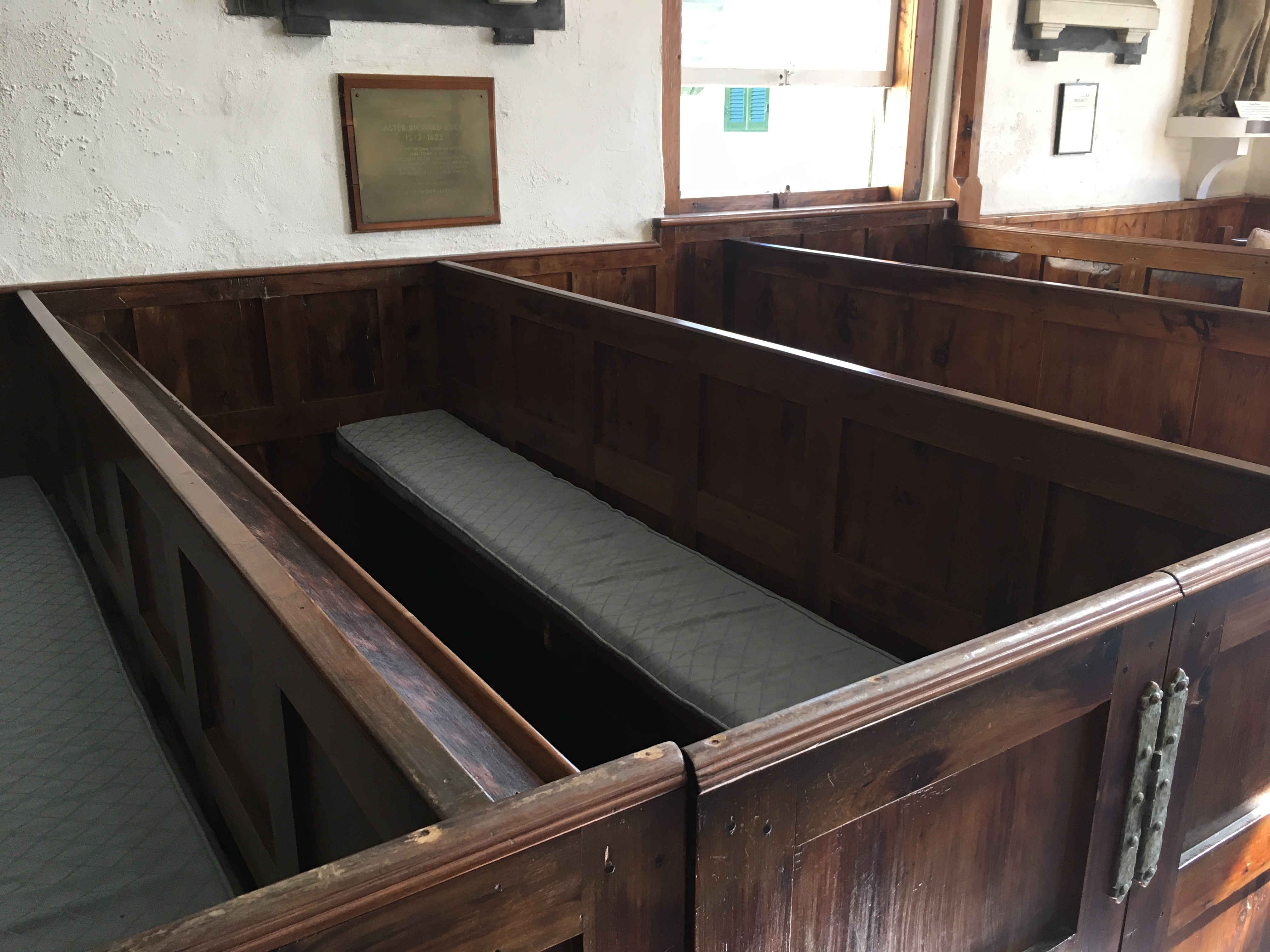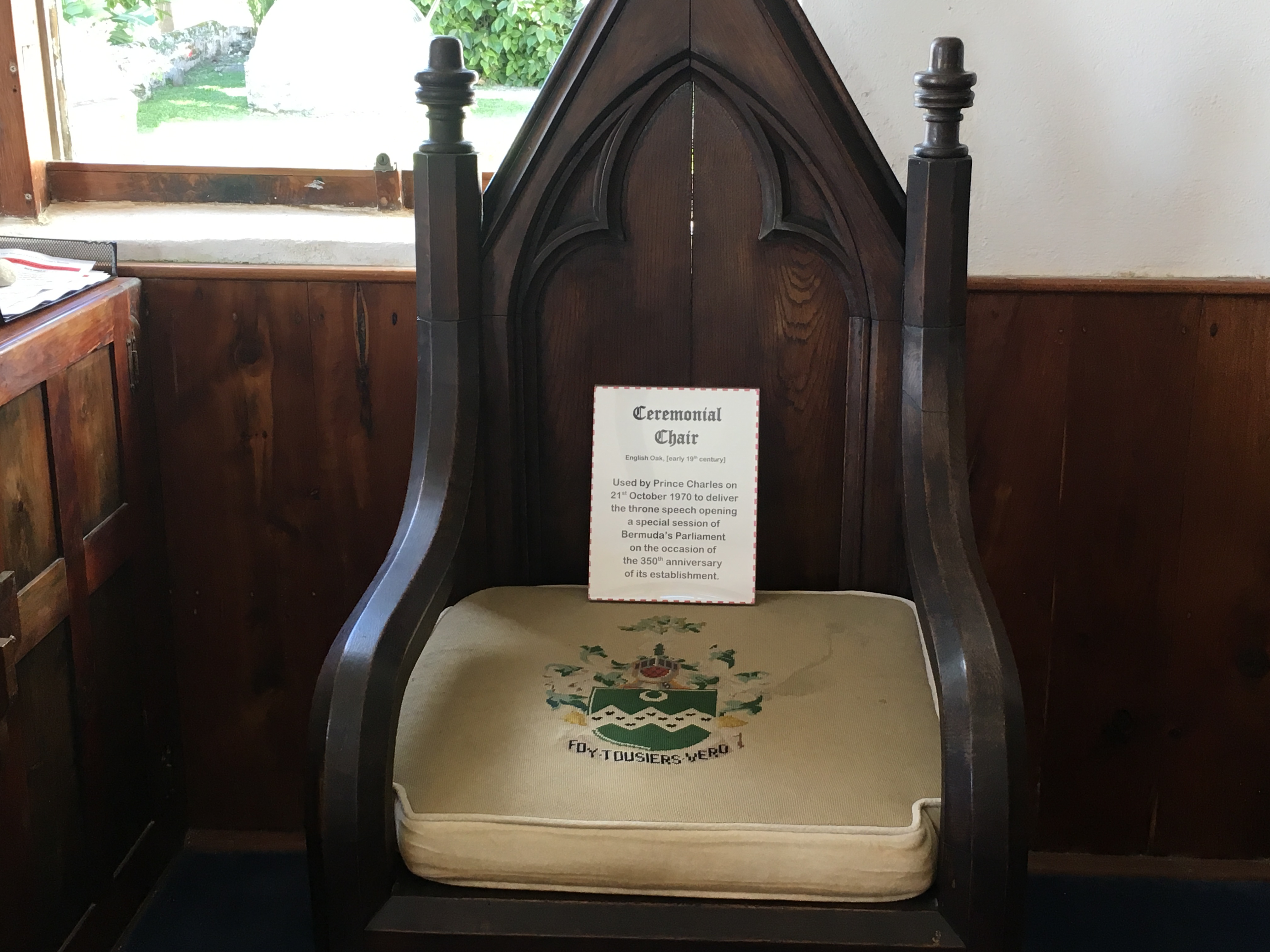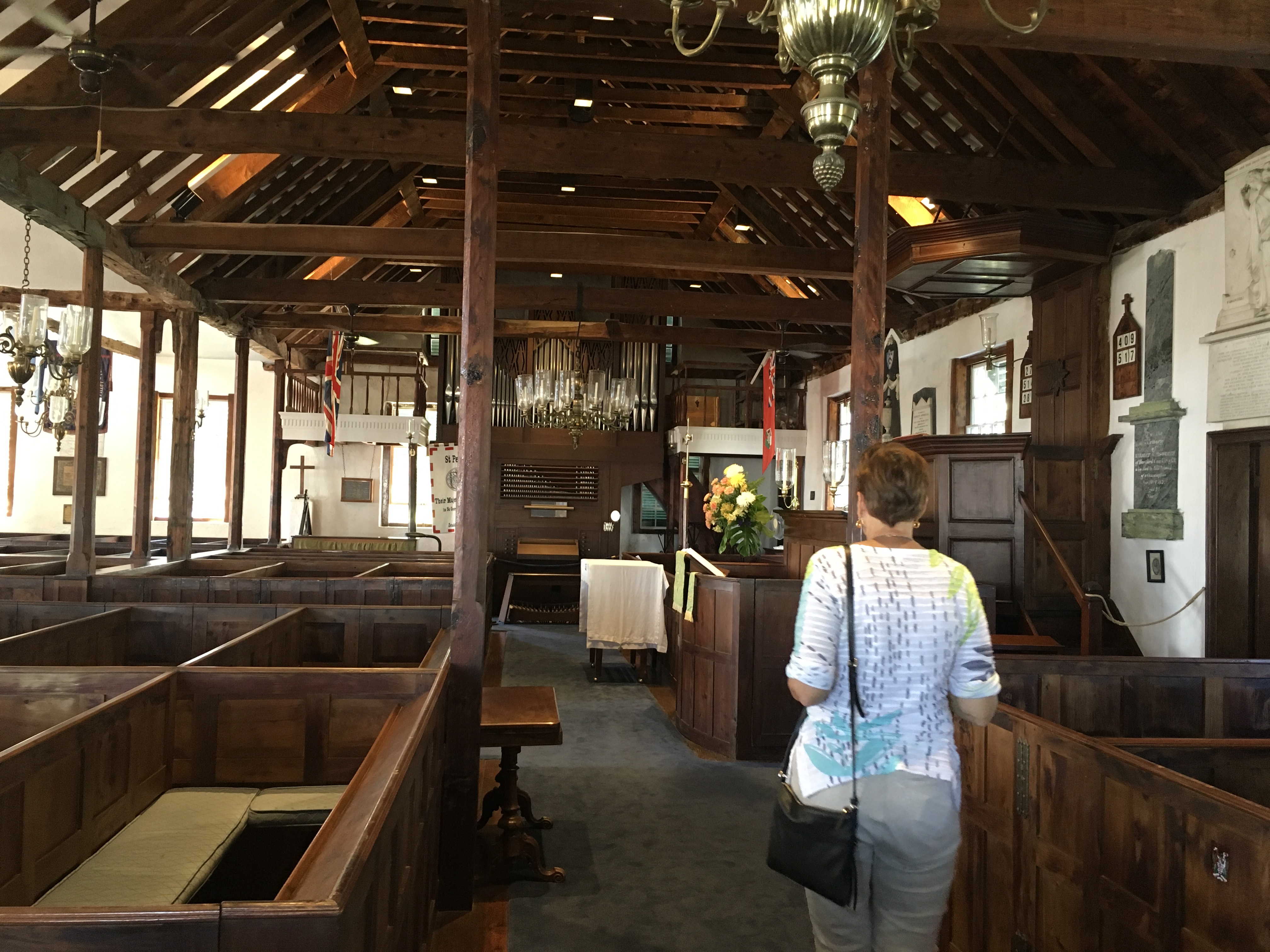
Ten days before the national observance of the Stand Against Racism day, a leader of evangelical Christians sent a wakeup call to conservative Christians everywhere: Mark Labberton, president of Fuller Theological Seminary addressed leaders gathered at Wheaton College (Illinois). In multi-faceted, far-reaching remarks, he defined white supremacy and attributed it to Christian leaders past and current.
To get details on YWCA Princeton’s plans for Stand Against Racism day, click here.
To read his address, “Political Dealing, the Crisis of Evangelicalism,” click here. Main points:
This is not a crisis imposed from outside the household of faith, but from within.
This is not a crisis taking place at the level of language.
This is not a crisis unfolding at the level of group allegiance, denomination, or affiliation.
This is not a recent crisis but a historic one. . .”Right alongside the rich history of gospel faithfulness that evangelicalism has affirmed, there lies a destructive complicity with dominant cultural and racial power. Despite deep gospel confidence and rhetoric, evangelicalism has been long-wedded to a devastating social self-interest that defends the dominant culture over and against that of the gospel’s command to love the “other” as ourselves. . .
First is the issue of power. …”The apparent evangelical alignment with the use of power that seeks dominance, control, supremacy, and victory over compassion and justice associates Jesus with the strategies of Caesar, not with the good news of the gospel.,,
Second is the issue of race. …”White history narrates the story of America’s heroes, and white evangelical history views those “good guys” as the providence of a good and faithful God. When some white evangelicals triumphantly pronounce that we now have “the best president the religious right ever had,” the crisis it underscores to millions of people of color is not an indictment of our President as much as it is an indictment of white evangelicalism and a racist gospel…
Third is the issue of nationalism. …”For white evangelicals to embrace a platform and advocacy that promotes, prioritizes, and defends America above all and over all is to embrace an idolatry that has only ever proven disastrous…
Fourth is the issue of economics. …”When white evangelicals in prominent and wealthy places speak about what is fair and beneficial for society, but then pass laws and tax changes that create more national indebtedness and elevate the top 1% even higher—while cutting services and provisions for children, the disabled, and the poor that are castigated as disgusting “entitlements”—one has to ask how this is reconciled with being followers of Jesus…
Labberton hopes that evangelicals can change their racist views and cites Matthew 28, the account of the Great Commission. “Now the eleven disciples went to Galilee, to the mountain to which Jesus had directed them. When they saw him, they worshiped him; but some doubted.” Labberton points out that Jesus gave the Great Commission even to those who doubted, those who might have been considered unworthy. “So perhaps he can also still use American evangelicals as well.”
Though I personally focus on trying to help the people of this world come to know their God better — and some say that is evangelizing — I oppose the rigid beliefs of evangelical theology. Nevertheless I applaud Labberton’s urging the conservative Christian community to study its responsibility for white supremacy, definable as “a system which manipulates and pits all races and ethnicities against each other.”
The organization I support, Not in Our Town Princeton, aims to identify and expose the political, economic, and cultural systems which have enabled white supremacy to flourish. We are trying to create new structures and policies which will ensure equity and inclusion for all.
As NIOT Princeton’s website says, “listen to your heart, figure out whether you can contribute time, talent, tithe, or some combination of all three, and then STEP UP! And tell all your friends how your commitment to racial justice is reflected in your calendar, your checkbook, and your conversations. The website offers resources, one place to begin.
Or come to the rally this Friday.


 complex legacy.” It will be discussed Thursday, Feb. 20, at 5:30 p.m. in 50 McCosh Hall, followed by a reception at the Museum and is on view now through June 7.
complex legacy.” It will be discussed Thursday, Feb. 20, at 5:30 p.m. in 50 McCosh Hall, followed by a reception at the Museum and is on view now through June 7. where Harvard’s
where Harvard’s 


 In the Art Museum, now and until July 7, resonate with the problems of immigrants at the border in an exhibit:
In the Art Museum, now and until July 7, resonate with the problems of immigrants at the border in an exhibit: 
 A public forum to assess progress in implementing the recommendations of the 2018 Equity Audit Report for the Princeton Public Schools will be held on Wednesday, May 29, 2019 at 4 pm in the John Witherspoon Middle School (217 Walnut Lane, Princeton), in the All-Purpose Room (ACC).
A public forum to assess progress in implementing the recommendations of the 2018 Equity Audit Report for the Princeton Public Schools will be held on Wednesday, May 29, 2019 at 4 pm in the John Witherspoon Middle School (217 Walnut Lane, Princeton), in the All-Purpose Room (ACC).  My current delight is the
My current delight is the 









